Home>Gardening & Outdoor>Landscaping Ideas>What Temperature Is Too Cold To Water Grass
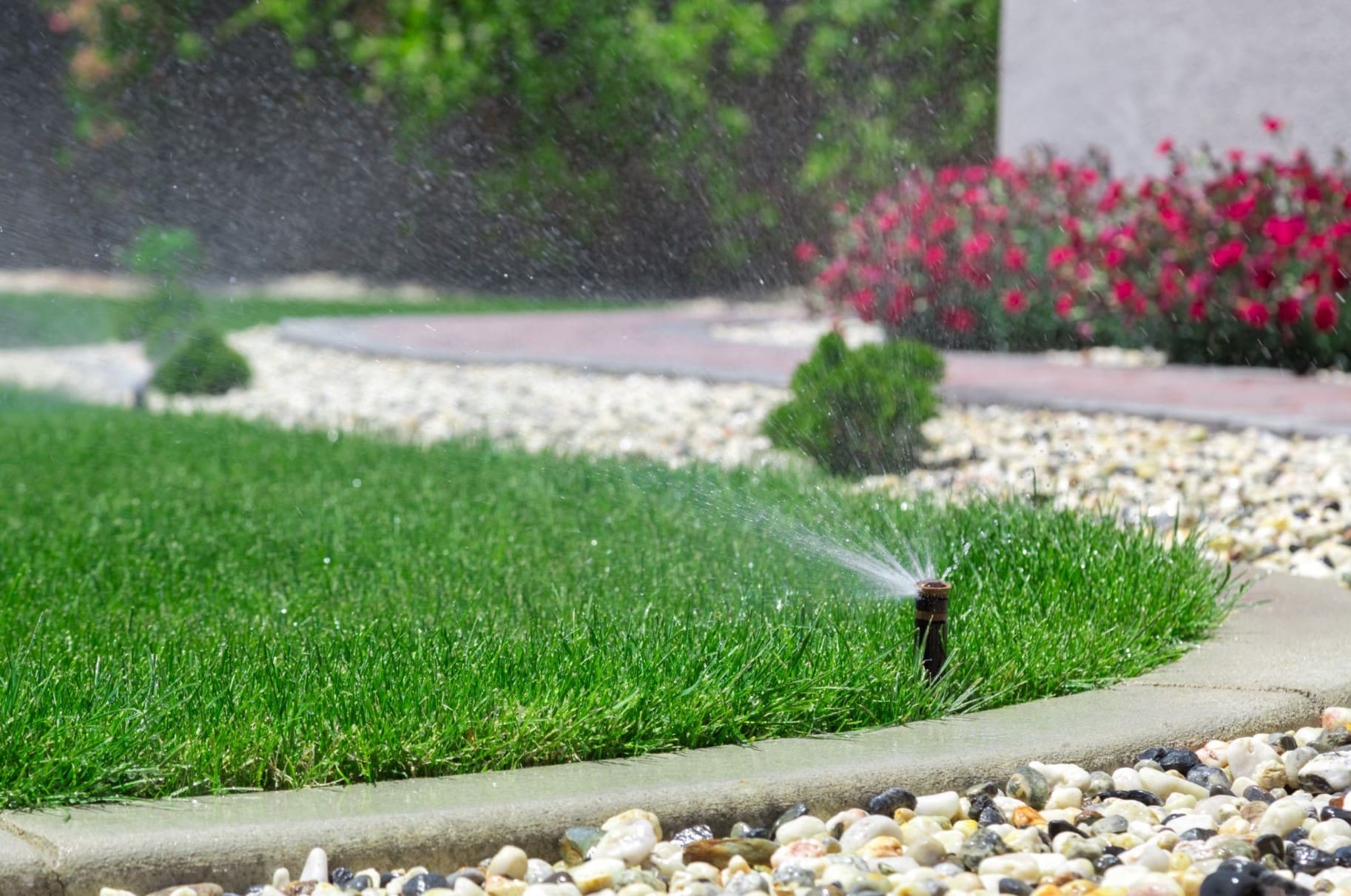

Landscaping Ideas
What Temperature Is Too Cold To Water Grass
Modified: October 18, 2024
Discover the best landscaping ideas for watering grass in cold temperatures. Learn when it's too cold to water your lawn and how to protect your landscaping.
(Many of the links in this article redirect to a specific reviewed product. Your purchase of these products through affiliate links helps to generate commission for Storables.com, at no extra cost. Learn more)
Introduction
When it comes to maintaining a lush, vibrant lawn, watering is a crucial aspect of lawn care. However, the impact of water temperature on grass health is often overlooked. Many homeowners are unaware that using water that is too cold can have adverse effects on their grass. Understanding the implications of water temperature and its influence on grass health is essential for nurturing a thriving lawn.
In this article, we will delve into the effects of cold water on grass, the factors that influence the ideal watering temperature, signs of cold water damage on grass, and best practices for watering grass in cold temperatures. By gaining insight into these aspects, you can ensure that your lawn receives the care it needs, even in chilly weather.
Key Takeaways:
- Cold water can harm grass by inhibiting root development, slowing metabolic functions, and promoting fungal diseases. Using slightly warmer water and adjusting watering frequency in cold weather can help maintain a healthy lawn.
- Signs of cold water damage on grass include discoloration, slow growth, increased susceptibility to diseases, root system issues, and a general decline in health. Monitoring weather conditions and providing nutrient support can aid in grass recovery.
Read more: What Temperature Is Too Cold To Mow Grass
Understanding the Effects of Cold Water on Grass
Grass, like most living organisms, is sensitive to extreme temperatures, including cold water. When grass is watered with water that is too cold, it can experience stress and potential damage. Cold water can shock the grass and disrupt its natural processes, affecting its ability to absorb nutrients and thrive.
One of the primary effects of cold water on grass is the inhibition of root development. When exposed to cold water, the roots of the grass may become stunted or cease growing altogether. This hinders the plant’s ability to establish a strong and healthy root system, making it more susceptible to environmental stressors and diseases.
Furthermore, cold water can impede the grass’s metabolic functions. Just as extreme cold can slow down the metabolism of warm-blooded animals, cold water can hinder the metabolic processes vital for the grass’s growth and development. This can lead to a reduction in overall plant vigor and resilience.
In addition to physiological effects, cold water can also create a conducive environment for fungal diseases. When grass blades and soil remain damp due to cold water application, it can promote the growth of fungi that thrive in cool, moist conditions. These fungal infections can manifest as unsightly patches on the lawn and compromise the grass’s health.
Understanding these effects underscores the importance of using water at an appropriate temperature when caring for your lawn. By being mindful of the potential consequences of cold water on grass, you can take proactive measures to ensure that your lawn remains healthy and resilient throughout the year.
Factors Affecting the Ideal Watering Temperature for Grass
Several factors come into play when determining the ideal watering temperature for grass. Understanding these variables can help homeowners make informed decisions about their lawn care practices, ensuring that their grass receives water at the optimal temperature for sustained health and vitality.
- Seasonal Considerations: The time of year significantly influences the ideal watering temperature for grass. During the warmer months, such as spring and summer, grass generally thrives with slightly cooler water. In contrast, as temperatures drop in the fall and winter, using warmer water can help mitigate the impact of cold weather on the grass.
- Grass Species: Different species of grass have varying temperature preferences. Warm-season grasses, such as Bermuda grass and Zoysia grass, tend to prefer warmer water, while cool-season grasses like Kentucky bluegrass and fescue may be more tolerant of cooler water temperatures.
- Soil Composition: The composition and moisture retention capabilities of the soil can affect the temperature at which water should be applied. Soil with high organic matter content may retain heat better, allowing for the use of slightly cooler water, while sandy soils may necessitate warmer water to prevent rapid cooling of the root zone.
- Time of Day: Watering grass during the warmer parts of the day can help mitigate the potential impact of cooler water temperatures. By watering in the morning or early afternoon, the grass has time to absorb the water and benefit from solar radiation, reducing the risk of cold stress.
Considering these factors when determining the ideal watering temperature for your grass can help you tailor your lawn care practices to suit the specific needs of your lawn. By taking into account seasonal variations, grass species, soil characteristics, and the timing of watering, you can optimize the temperature of the water applied to your lawn, promoting robust growth and resilience.
Watering grass when the temperature is below 40°F (4°C) can lead to freezing and damage the grass. It’s best to water when the temperature is above freezing to avoid harming your lawn.
Signs of Cold Water Damage on Grass
Recognizing the signs of cold water damage on grass is crucial for implementing timely remedial measures and preventing further harm to the lawn. When grass is exposed to water that is too cold, it may exhibit various symptoms indicative of stress and damage. By being attentive to these signs, homeowners can take proactive steps to mitigate the impact and restore their lawn’s health.
- Discoloration: One of the primary indicators of cold water damage is the discoloration of the grass blades. They may take on a bluish or purplish hue, signaling stress and impaired physiological processes. Additionally, patches of the lawn may appear dull or lackluster, contrasting with the vibrant green color associated with healthy grass.
- Slow Growth: Cold water can impede the growth and regenerative capacity of the grass. As a result, the lawn may exhibit slow or stunted growth, with bare patches or thinning areas becoming more prominent. This can detract from the overall aesthetic appeal of the lawn and indicate underlying stress.
- Increased Susceptibility to Diseases: Grass that has been subjected to cold water stress may become more vulnerable to fungal and bacterial infections. This can manifest as the development of unsightly patches, mold, or mildew on the lawn, indicating compromised resistance to pathogens.
- Root System Issues: Cold water damage can negatively impact the development and health of the grass’s root system. Shallow or underdeveloped roots may be observed, reducing the lawn’s ability to access essential nutrients and water from the soil. This can lead to increased water requirements and diminished resilience.
- General Decline in Health: Overall, grass that has suffered from cold water damage may exhibit a decline in vigor and health. It may appear lackluster, brittle, and less resilient to environmental stressors, detracting from the lush, vibrant appearance associated with a thriving lawn.
By being vigilant for these signs of cold water damage, homeowners can promptly address any issues and implement remedial measures to support the recovery of their lawn. Adjusting watering practices, improving soil drainage, and providing appropriate nutrients can help mitigate the effects of cold water damage and promote the revitalization of the grass.
Best Practices for Watering Grass in Cold Temperatures
When facing cold temperatures, it is essential to adjust your lawn watering practices to mitigate the potential impact of cold water on grass health. By implementing best practices for watering grass in chilly weather, homeowners can support the resilience and vitality of their lawn, ensuring that it remains healthy even in adverse conditions.
- Monitor Weather Conditions: Stay informed about upcoming weather patterns and temperature fluctuations. Avoid watering the lawn when cold temperatures are anticipated, as this can exacerbate the stress on the grass. Instead, aim to water when milder temperatures are expected to minimize the risk of cold water damage.
- Time Watering Appropriately: Opt for mid-morning watering sessions to allow the grass to absorb the water before temperatures drop in the evening. This timing enables the grass to benefit from the moisture and reduces the likelihood of cold stress during the cooler nighttime hours.
- Use Slightly Warmer Water: When watering the lawn in cold temperatures, consider using water that is slightly warmer than the ambient temperature. This can help offset the chilling effect of the environment, supporting the grass’s metabolic processes and reducing the risk of cold water damage.
- Improve Soil Drainage: Ensure that the soil has adequate drainage to prevent water from pooling and cooling the root zone excessively. Amending the soil with organic matter and addressing any drainage issues can help maintain a conducive environment for the grass, reducing the impact of cold water.
- Adjust Watering Frequency: In colder weather, the grass’s water requirements may decrease due to reduced evaporation and growth rates. Adjust the frequency of watering sessions accordingly to prevent waterlogging and potential cold stress, allowing the soil to dry out slightly between watering.
- Provide Nutrient Support: Consider supplementing the lawn with appropriate nutrients to bolster its resilience during cold weather. Balanced fertilization can help fortify the grass, enhancing its ability to withstand environmental stressors and recover from any potential damage.
By adhering to these best practices, homeowners can effectively navigate the challenges posed by cold temperatures and maintain the health and beauty of their lawn. Thoughtful adjustments to watering routines, soil management, and nutrient provision can make a significant difference in safeguarding the grass from the detrimental effects of cold water, ensuring that it thrives throughout the year.
Conclusion
Watering your grass with care and consideration for temperature is a fundamental aspect of maintaining a resilient and vibrant lawn. By understanding the effects of cold water on grass, considering the factors that influence the ideal watering temperature, recognizing signs of cold water damage, and implementing best practices for watering in cold temperatures, homeowners can nurture a healthy and thriving lawn regardless of the weather.
As you tend to your lawn, remember that the well-being of your grass is intricately linked to the choices you make, including the temperature of the water you use. By monitoring weather conditions, adjusting your watering schedule, and providing essential nutrients, you can support your grass through cold spells and ensure its long-term health and beauty.
Ultimately, a well-cared-for lawn not only enhances the aesthetic appeal of your property but also provides a welcoming outdoor space for relaxation and recreation. By prioritizing the optimal watering temperature for your grass, you are investing in the enduring vitality and resilience of your lawn, reaping the rewards of a lush and inviting landscape throughout the seasons.
Embracing these principles of mindful lawn care, including temperature-conscious watering practices, empowers homeowners to cultivate a flourishing and resilient lawn that serves as a source of pride and enjoyment for years to come.
Frequently Asked Questions about What Temperature Is Too Cold To Water Grass
Was this page helpful?
At Storables.com, we guarantee accurate and reliable information. Our content, validated by Expert Board Contributors, is crafted following stringent Editorial Policies. We're committed to providing you with well-researched, expert-backed insights for all your informational needs.
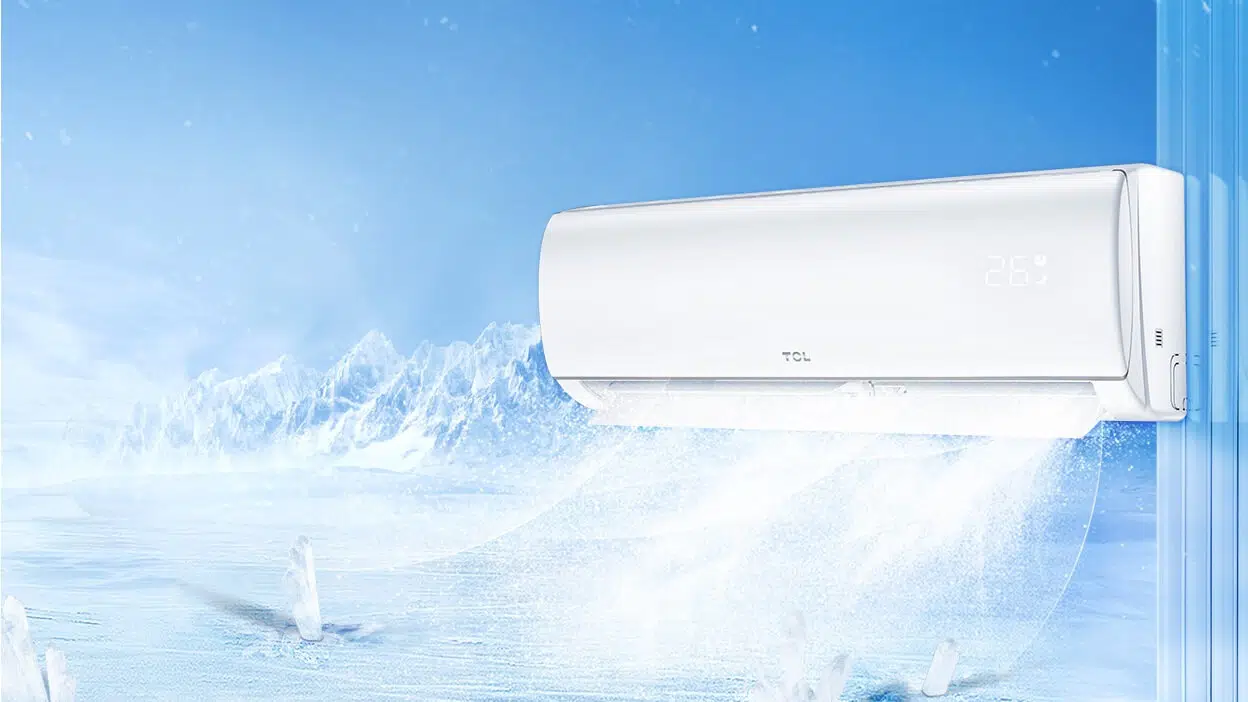
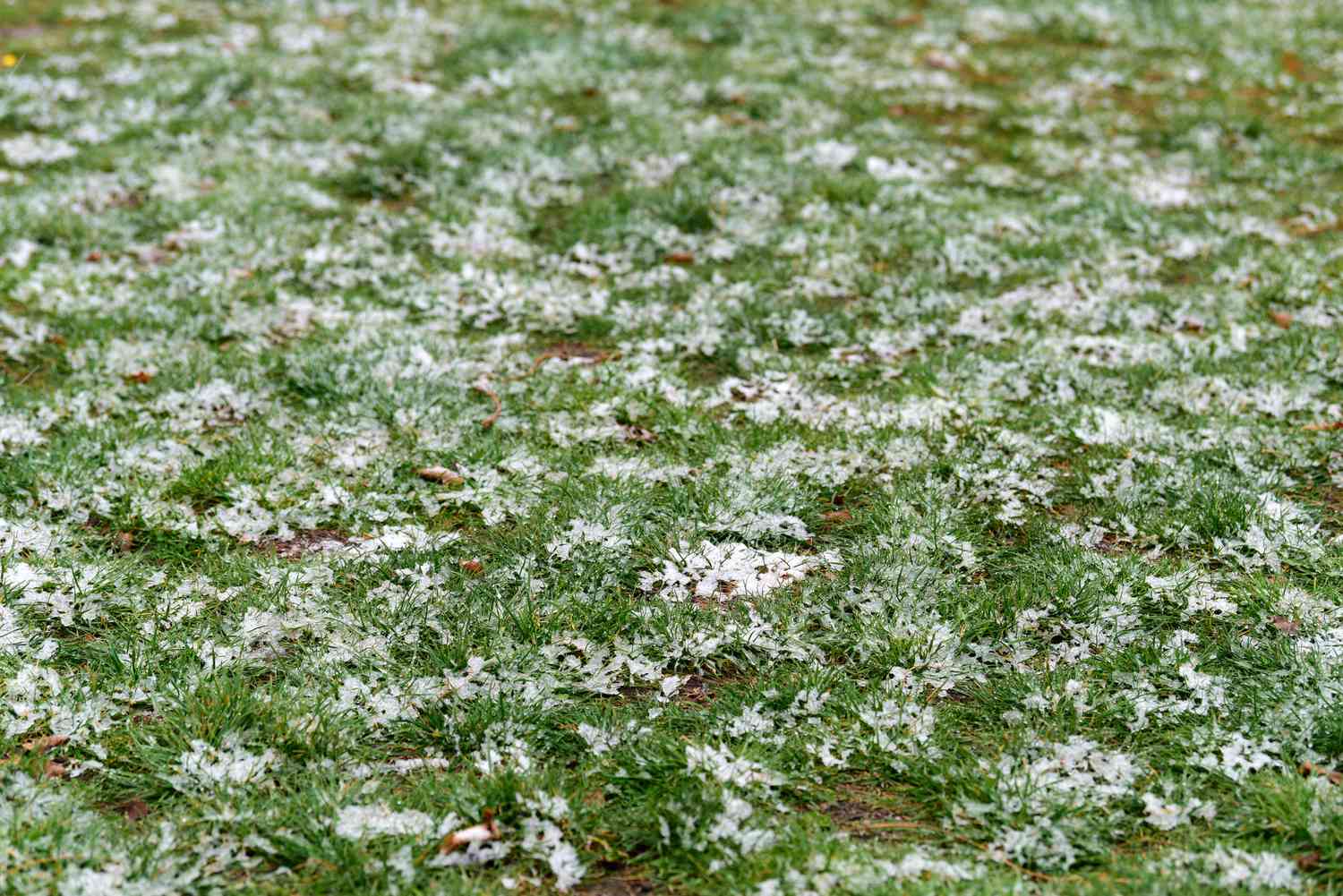
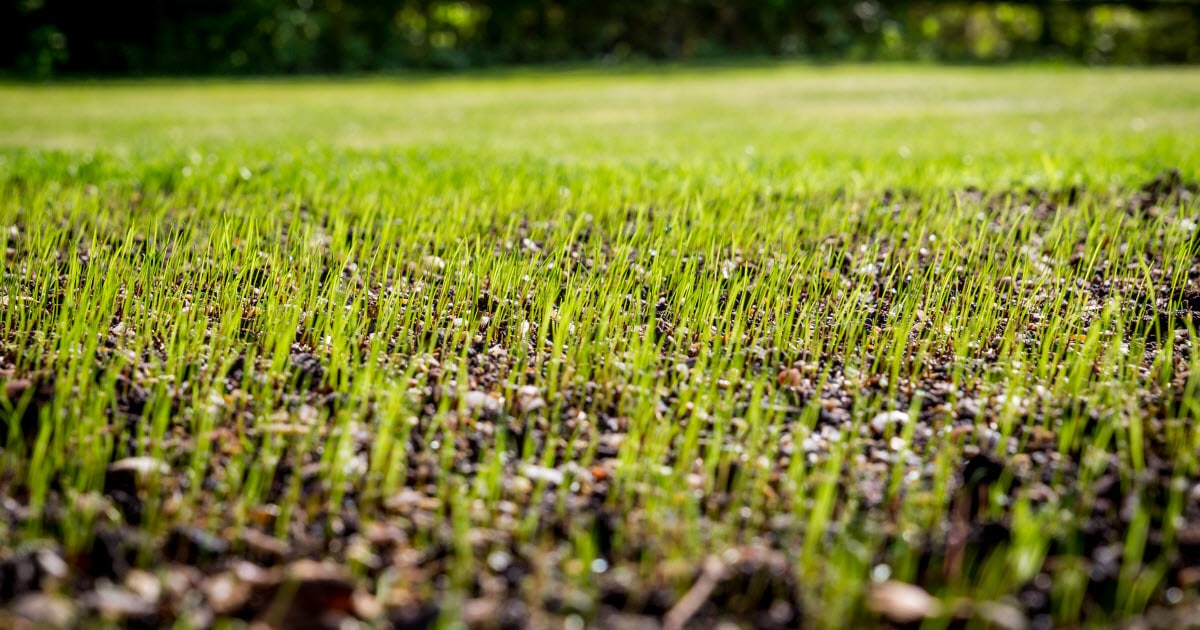
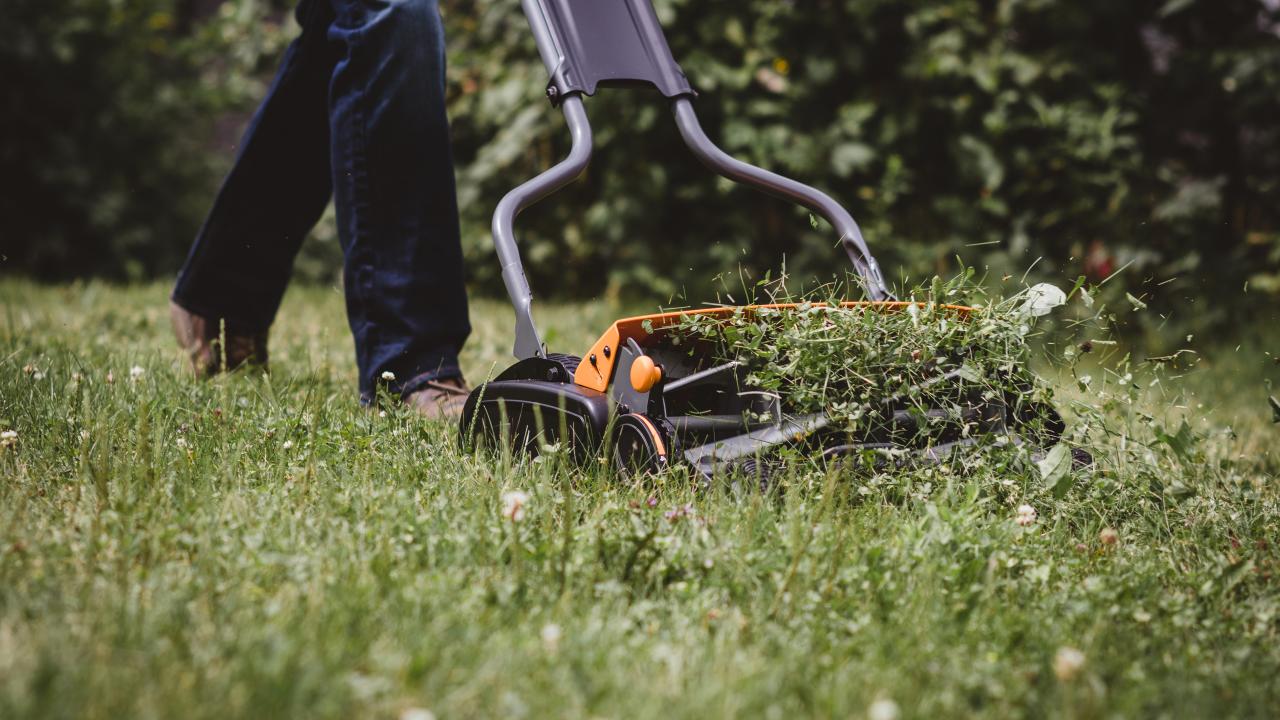

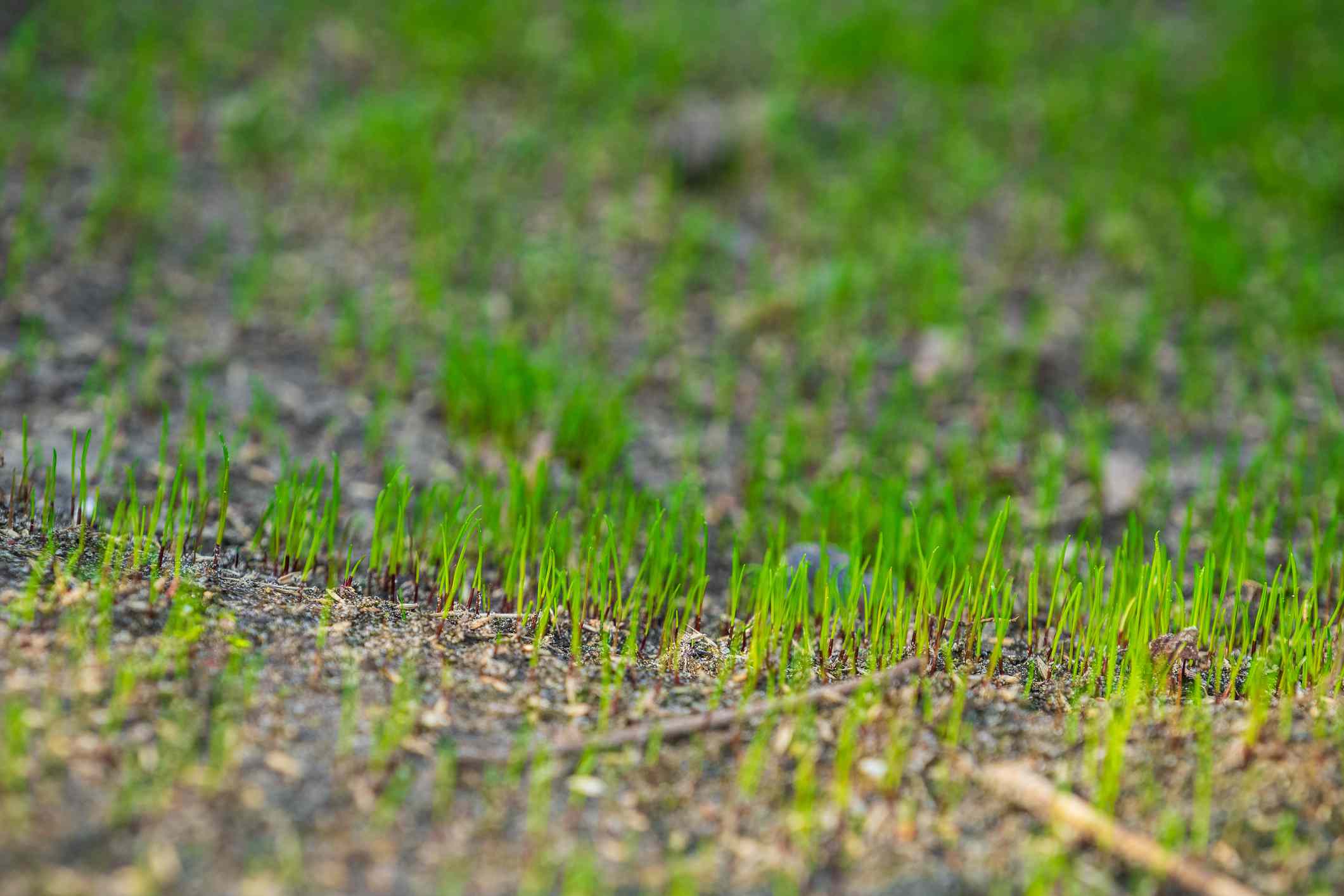
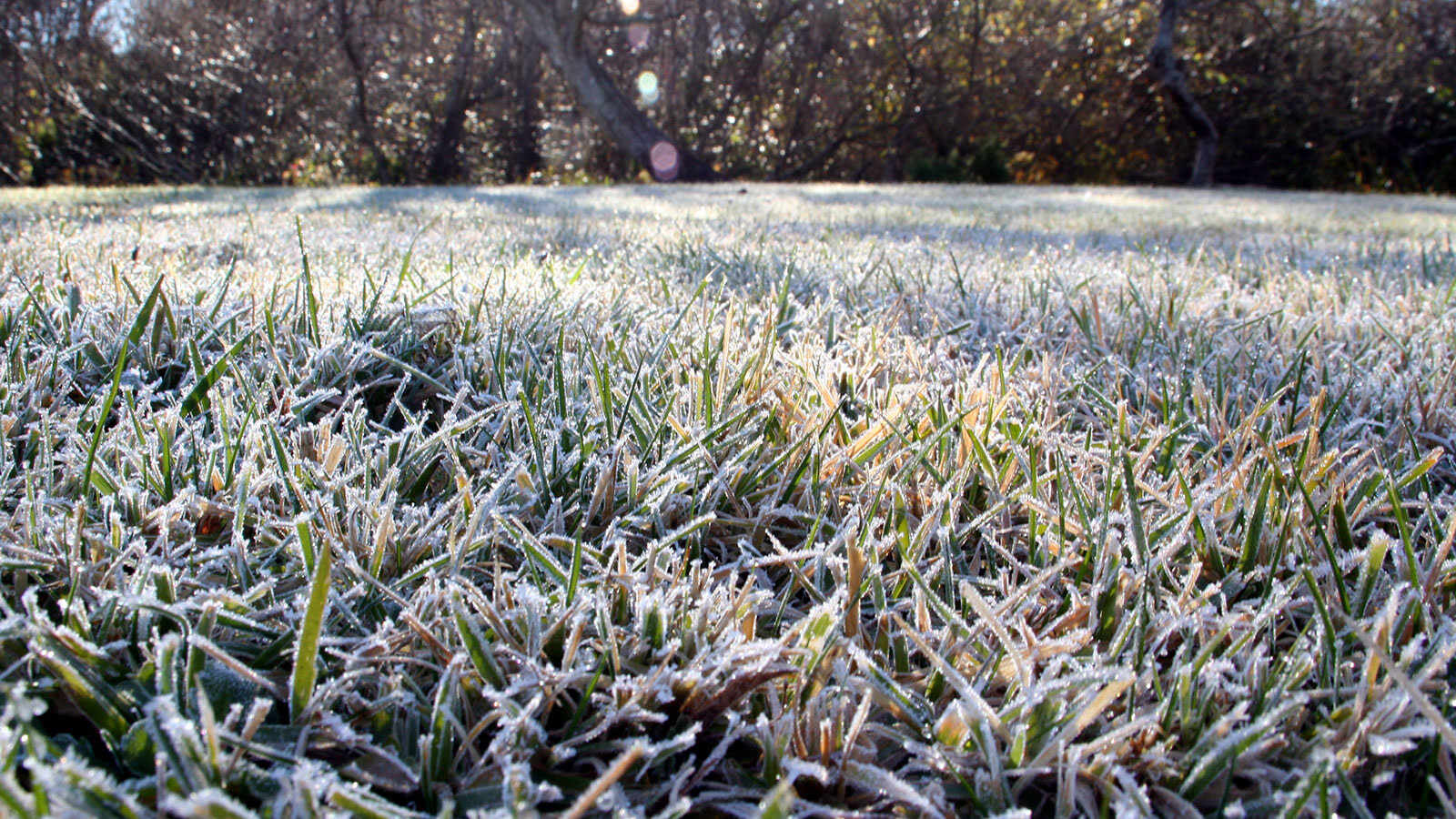
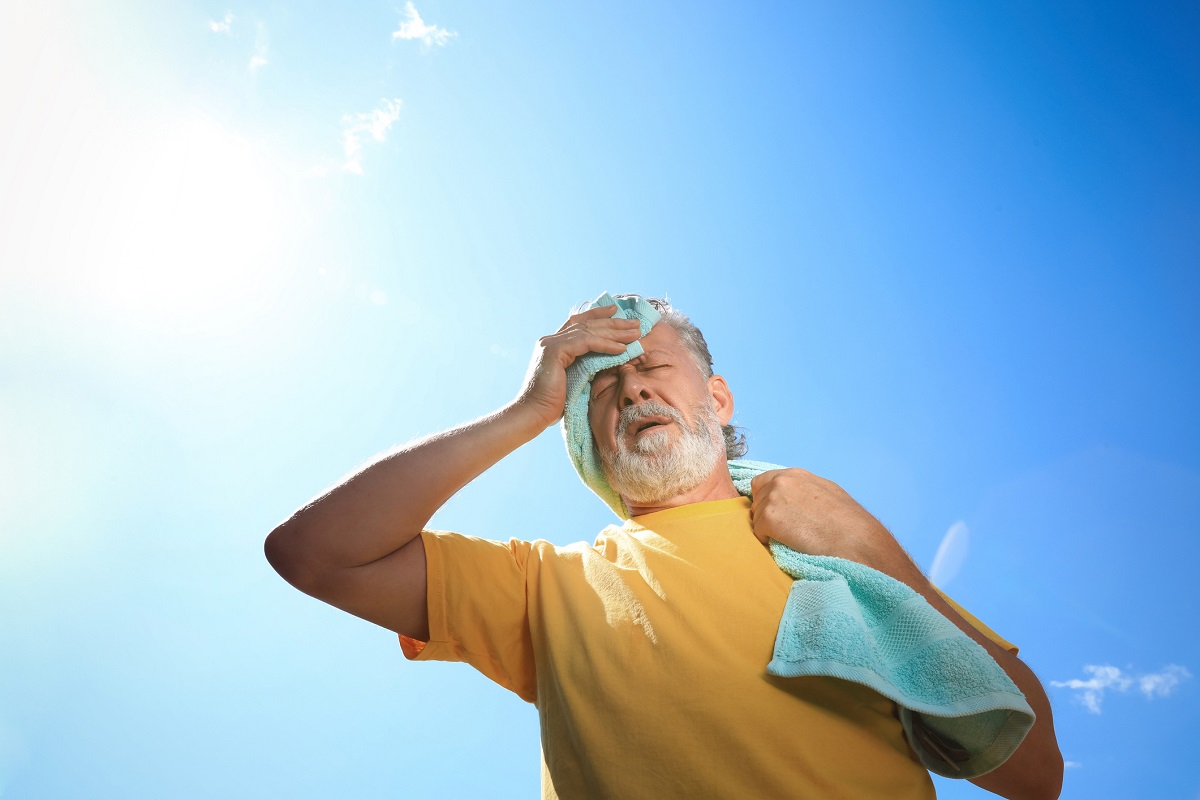
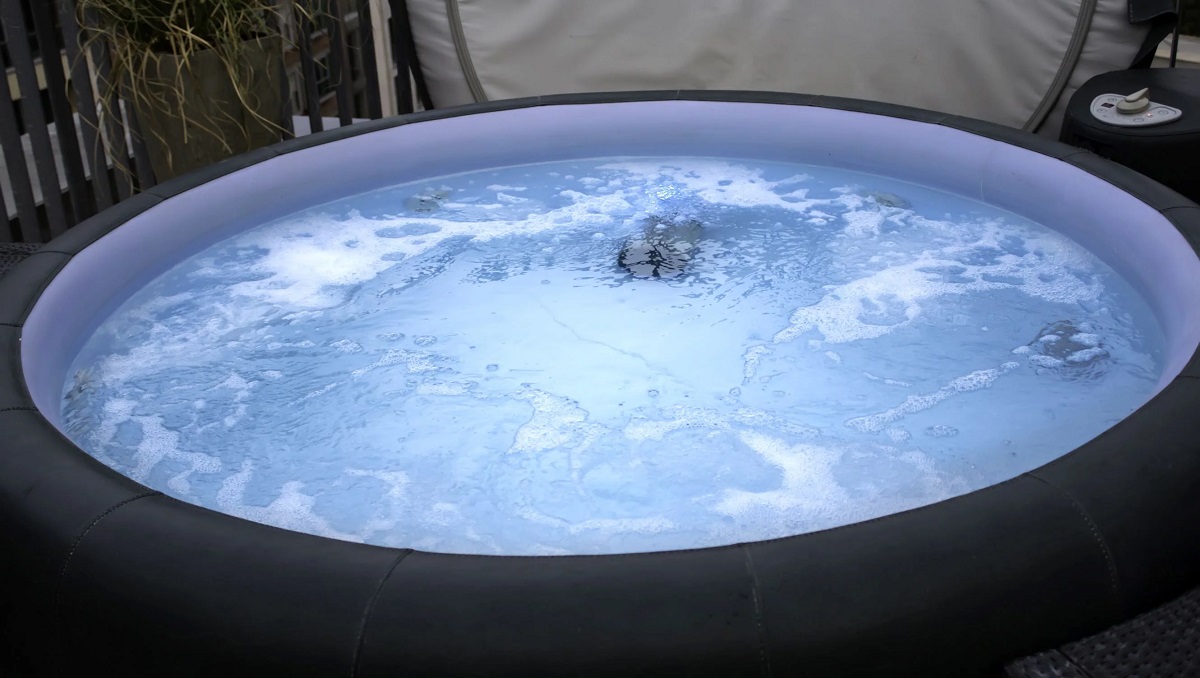
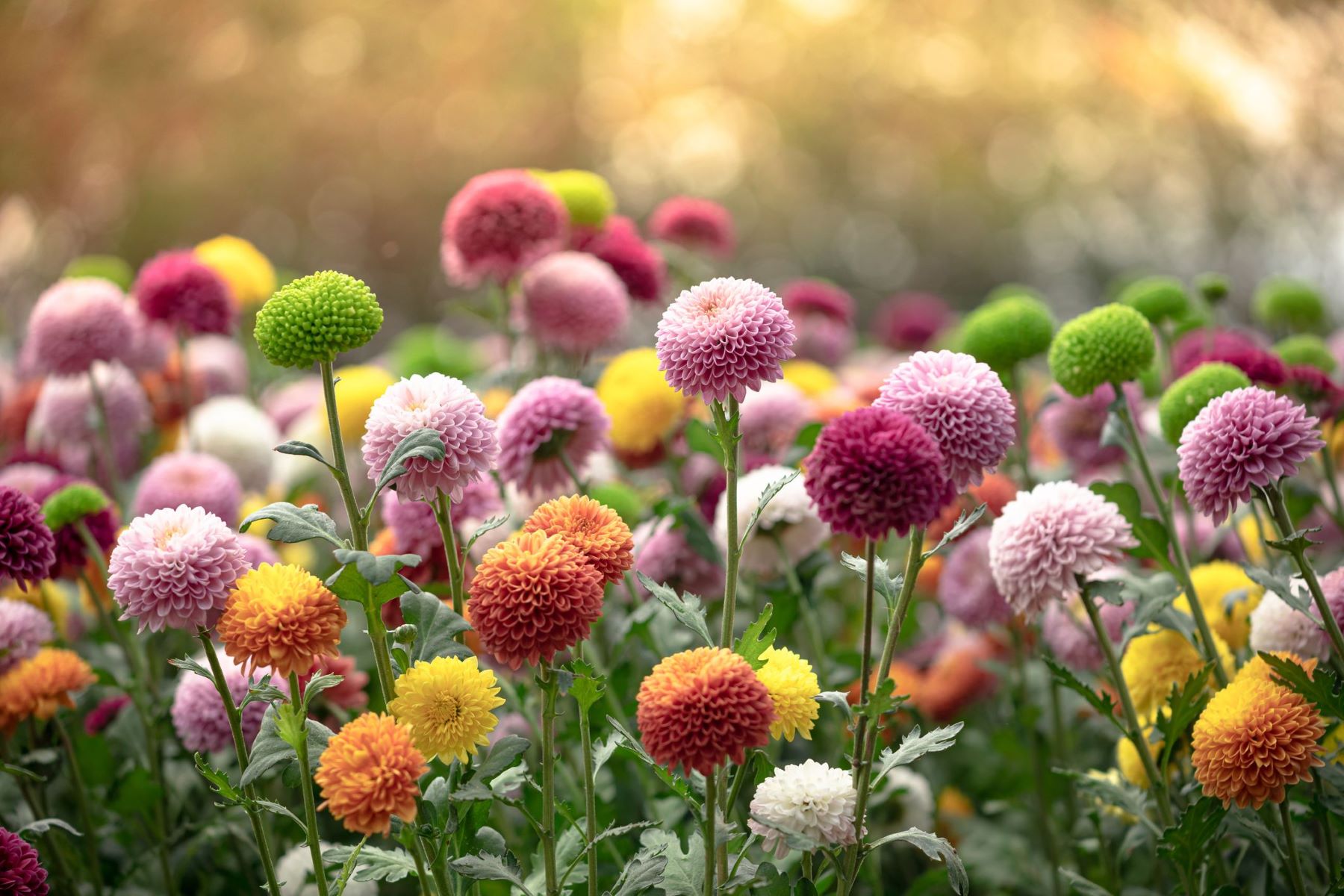

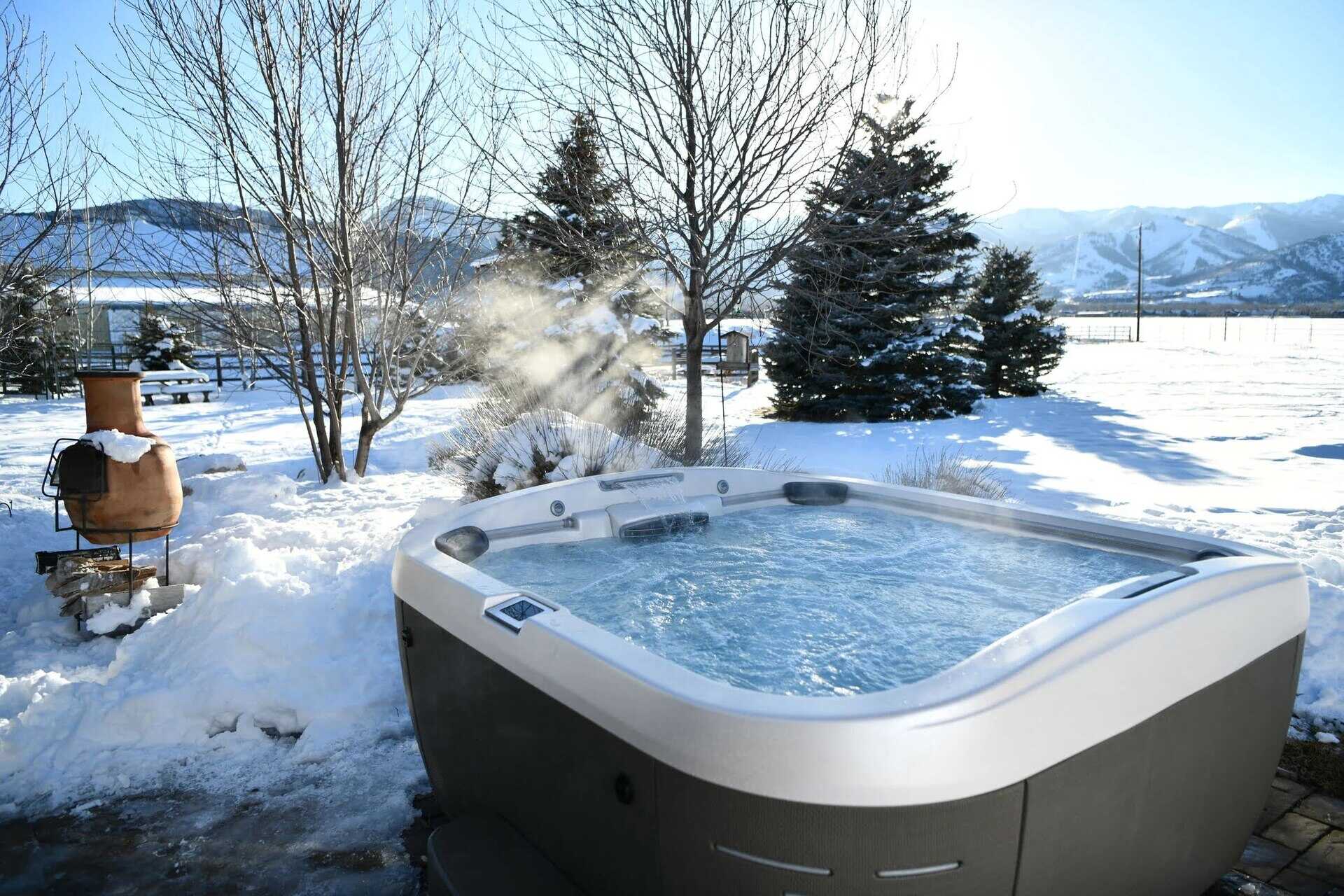
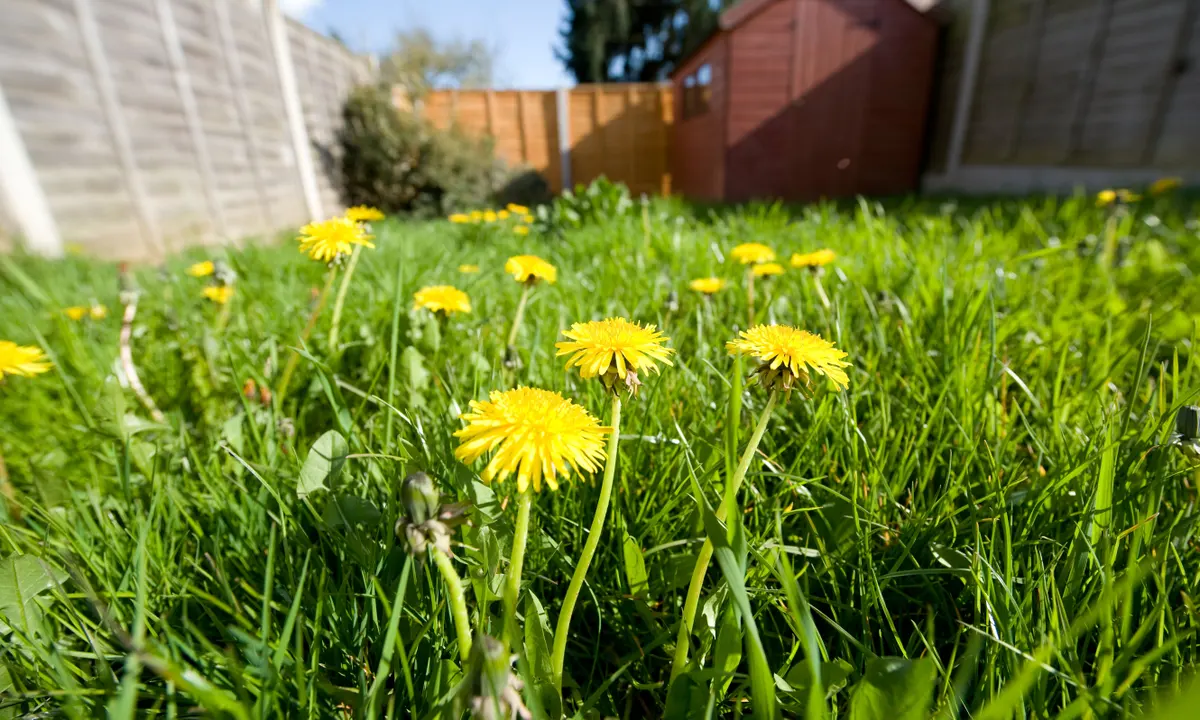
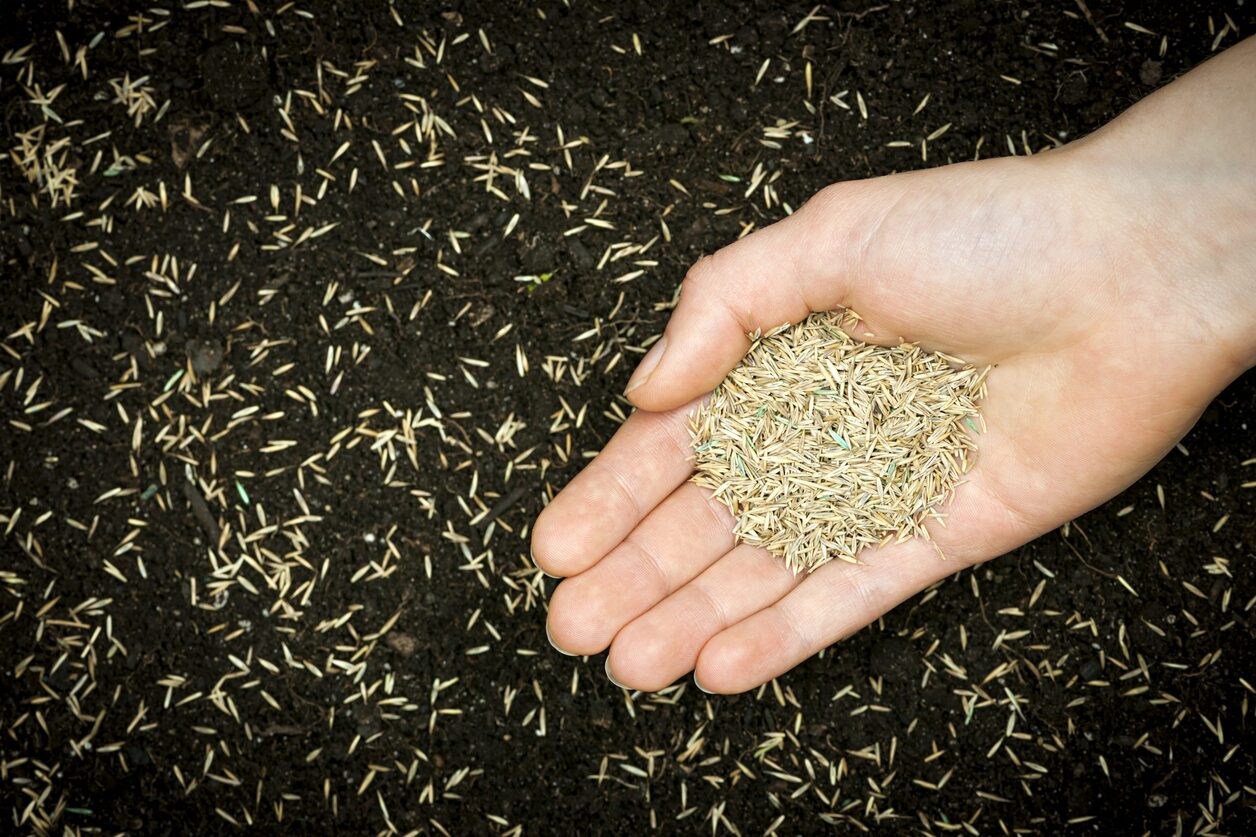

0 thoughts on “What Temperature Is Too Cold To Water Grass”